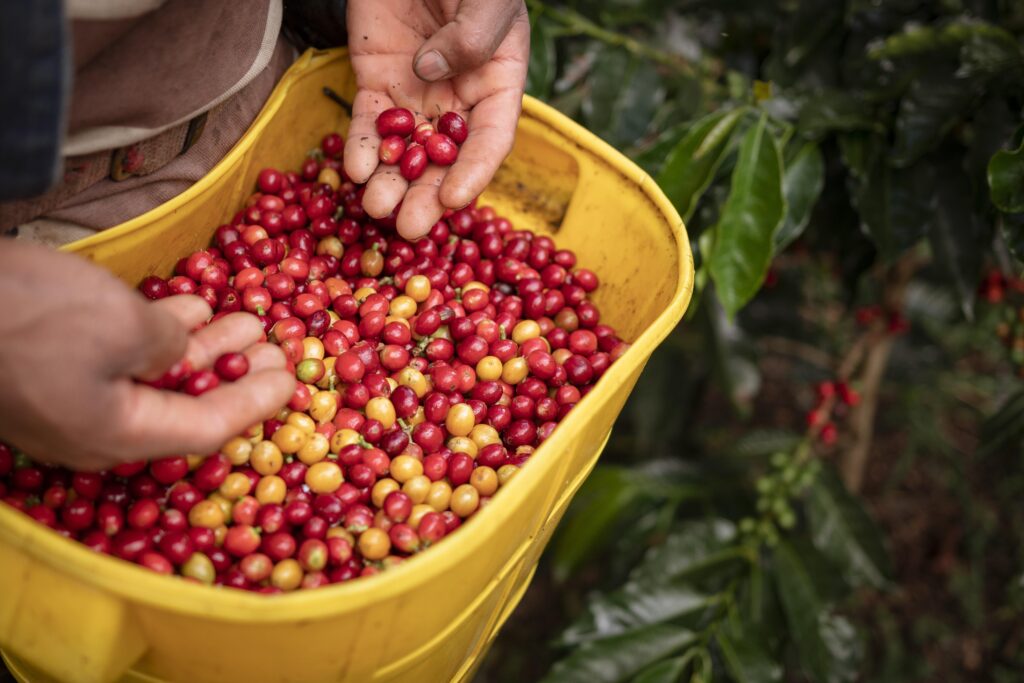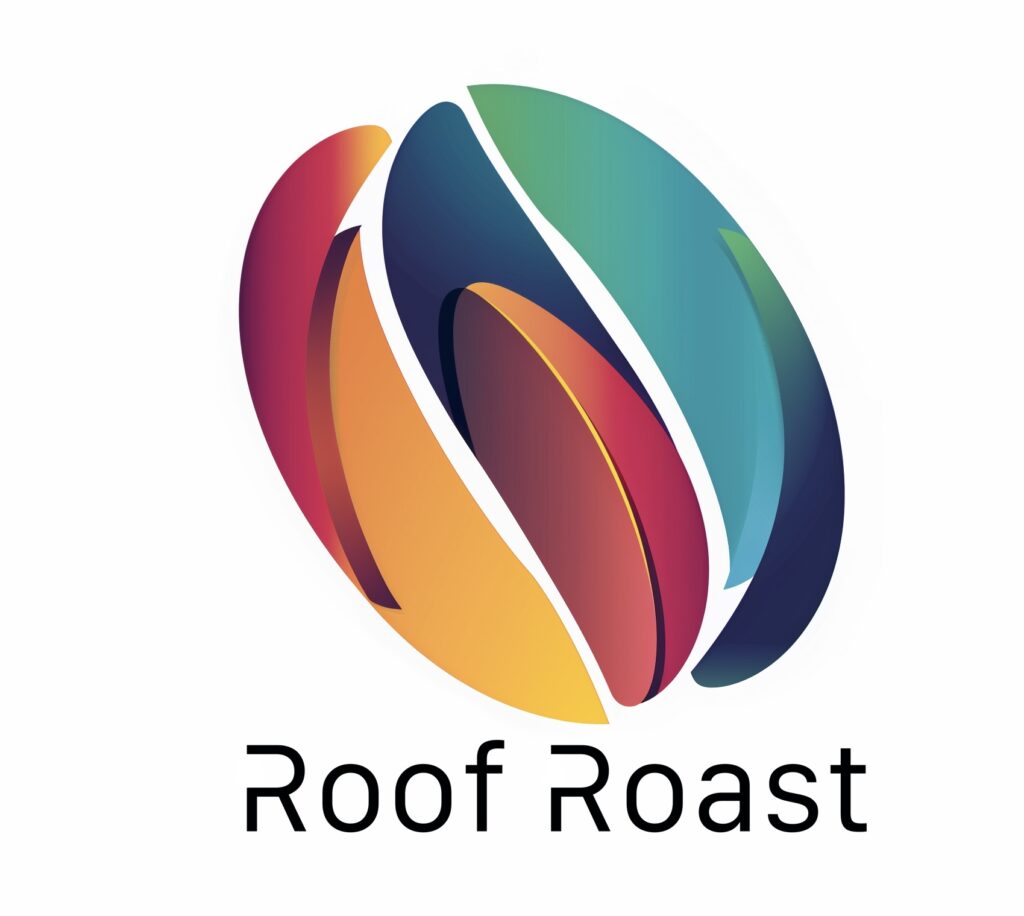Your basket is currently empty!
KENYA COFFEE
sweet, juicy, rhubarb, berries
SCA : 86.0

INFORMATION AND STORIES
The total area under coffee in Kenya is estimated at 160 000 hectares. About a third of this area is plantations. However, most of the land is used by small-scale farmers. They are usually members of cooperatives. Coffee is usually sold through weekly auctions during the harvesting season.
Prices between buyer and seller are determined by the quality of the cup and the grading, which is determined by the size of the beans. Coffee beans with a selective rating greater than 15/16 are called 'AB' and are the second largest. The prefix 'Top' or 'Plus' refers to the profile of the cup, which is extremely fine and complex. The combination of red volcanic soil, high altitude and an ideal climate has a decisive influence on the development of the aroma and flavour characteristic of this coffee.
Our coffee of choice, Ruka Chui, is a great example. Ruka is the Swahili word for leap and Chui is the Swahili word for leopard. This AB Plus coffee is a blend from the central regions of Murang'a, Nyeri and Kirinyaga. It consists of the SL-34, SL-28, Ruiru 11 and Batian varieties, which benefit from the high altitudes, the deep red and nutritious volcanic soil and the moderate rainfall of the area. During the harvest season, the ripe red cherries are brought to the factory where they are carefully sorted, properly dehulled, fermented, washed and dried on raised drying racks.
COUNTRY AND SPECIFICATIONS
The equator passes right through this jewel of East Africa. Despite its tropical climate, Kenya enjoys a pleasant coolness thanks to the Indian Ocean and Lake Victoria. The flat savannahs, rich in wildlife, rise to the central highlands, topped by Mount Kenya, which is 5,199 metres high. Here, lush slopes give way to fertile farmland, creating ideal conditions for the KofEquator to pass right through this pearl of East Africa. Despite its tropical climate, Kenya is cooled by the Indian Ocean and Lake Victoria. High mountains rise out of the flat savannahs with their diverse flora and fauna, the highest peak being Mount Kenya at 5 199 metres. Here, where lush slopes give way to fertile farmland, coffee trees flourish.
The combination of red volcanic soil, high altitude and an ideal climate is the key to the fruity, almost luscious aroma of these coffees. Due to its geographical location near the equator, Kenya has little difference between the seasons.
Unlike in neighbouring Ethiopia, coffee cultivation in this district is relatively recent, dating back to the early 20th century. Agriculture is now the main source of Kenya's GDP, with coffee ranking third after tea and horticultural products. The total area under coffee cultivation in Kenya is estimated at 160 000 hectares.
Around a third of this area is plantations. However, most of the land is used by small-scale farmers organised in cooperatives. Coffee is mostly sold at auctions held weekly during the harvest season. Prices between buyer and seller are determined by the quality of the cup and the grading, depending on the size of the beans. Coffee beans with a grade higher than 17/18 are called 'AA' and are the largest. The addition of 'Top' or 'Plus' refers to the cup profile.
